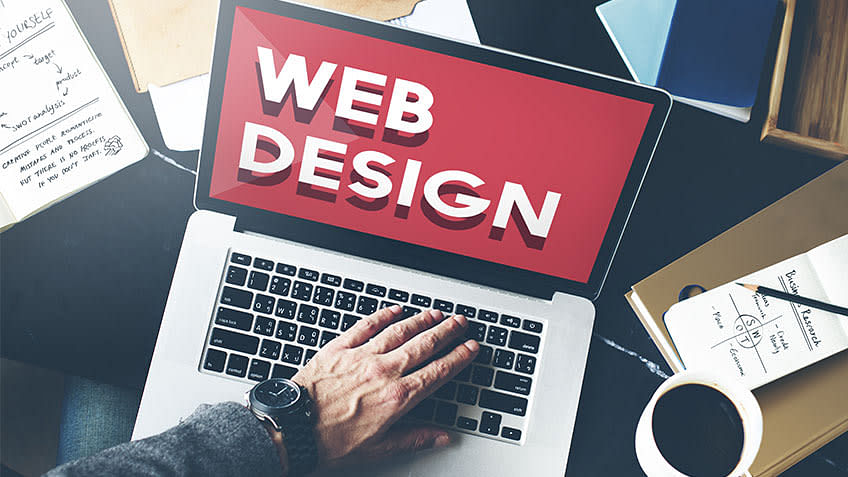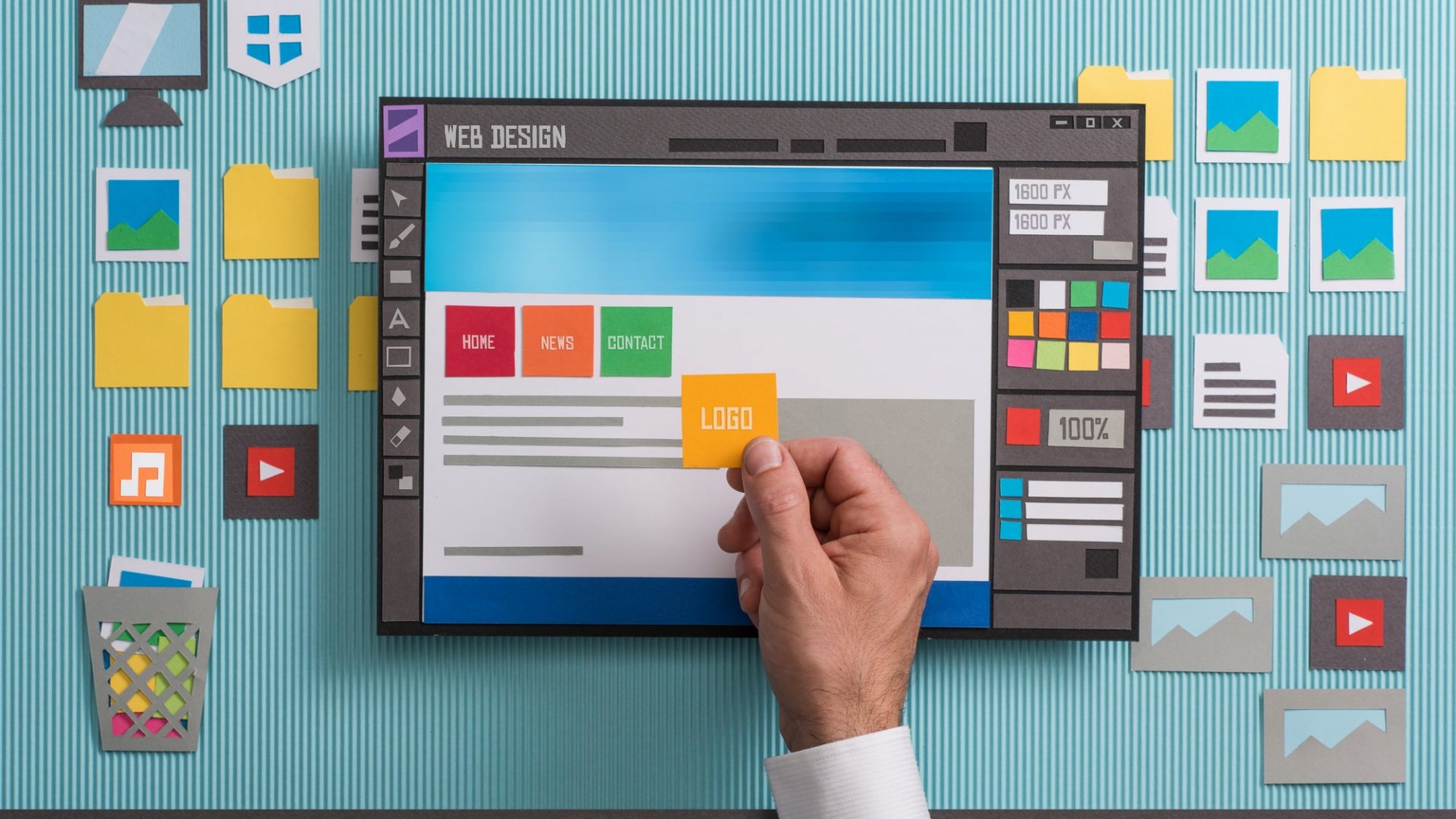Essential Elements of Responsive Web Design for Mobile Users
A Comprehensive Overview to Crafting Visually Appealing and Functionally Robust Website Design Solutions
In the ever-evolving landscape of internet design, the balance in between visual appeal and useful honesty stays critical. A comprehensive comprehension of fundamental style principles, along with a keen concentrate on customer experience, can substantially improve the effectiveness of internet services. By leveraging components such as shade theory and receptive designs, designers are outfitted to produce not only cosmetically pleasing interfaces yet likewise ones that foster customer engagement. Nonetheless, the journey from principle to implementation involves extra layers of complexity that quality exploration, specifically in the realms of screening and optimization. What techniques can be used to achieve this delicate stability?
Recognizing Layout Principles
Understanding style concepts is basic to producing effective internet solutions that engage customers and connect messages plainly. These principles act as the foundation for any type of effective layout task, guiding the visual and functional elements of an internet site. Trick layout concepts consist of equilibrium, comparison, alignment, repetition, and proximity, each playing a vital duty in developing a natural and cosmetically pleasing format.
Contrast improves readability and draws focus to vital features, permitting individuals to browse the web content effortlessly. Rep reinforces a constant aesthetic language, strengthening brand identification and improving individual familiarity with the user interface.
Significance of Customer Experience
User experience (UX) is critical in website design, as it directly affects how site visitors interact with a site and regard its value. A properly designed website not only brings in users however also keeps them involved, ultimately causing greater conversion rates and client satisfaction. UX includes different components, including functionality, accessibility, and the overall visual allure of the website.

Moreover, positive customer experiences foster brand name commitment and urge repeat sees. On the other hand, a bad UX can damage a brand's credibility and deter potential consumers. Subsequently, purchasing UX style is not merely an aesthetic factor to consider; it is a critical technique that can dramatically affect a company's profits. Ultimately, focusing on individual experience in website design is crucial for producing functional, interesting, and successful websites that fulfill the demands of modern-day individuals.
Shade Theory in Internet Design
Shade concept plays a critical duty in web style, affecting not only the aesthetic appeal of a site but additionally the emotional feedbacks of its individuals. Understanding color characteristics is vital for developing an efficient customer experience. Colors can evoke certain sensations; for example, blue usually conveys depend on and professionalism, while red can impart exhilaration or urgency.
Complementary shades can develop vibrancy, while similar shades use an even more tranquil feel. Using tools like color wheels can aid in recognizing reliable shade mixes.
Furthermore, cultural context plays a significant role in shade analysis. While white signifies pureness in Western societies, it might represent mourning in some Eastern cultures. As a result, a detailed understanding of the audience is essential when using shade theory.
Including shade psychology into website design not only boosts aesthetic appeal yet likewise influences customer habits, guiding them towards preferred activities. Eventually, a well-thought-out shade technique can significantly boost the general influence of a web site.
Responsive and Flexible Layouts
Along with Homepage color concept, the structure and format of a site dramatically effect customer experience and interaction. web design. Receptive and adaptive formats are vital approaches for making sure that websites work efficiently across a wide variety of tools and screen dimensions
Responsive style uses fluid grids and versatile photos, allowing the design to readjust seamlessly according to the viewport measurements. This strategy guarantees a constant customer experience, as content reflows and go to this website resizes, preserving access whether viewed on a mobile phone, tablet computer, or desktop computer. Media queries play a crucial duty in receptive design by applying different designs based upon the tool's characteristics.

Both methodologies intend to boost individual experience by prioritizing usability and accessibility. Picking in between responsive and adaptive formats mainly depends upon project requirements, target market, and preferred user communications, inevitably adding to the effectiveness of internet style services.
Testing and Optimization Strategies
Checking and optimization techniques are critical parts of efficient website design, making sure that sites not just satisfy user assumptions but additionally do efficiently throughout different systems. These methods encompass an array of practices focused on assessing use, performance, and total performance.
A/B screening is a foundational strategy, allowing developers to compare 2 variations of a websites to establish which carries out much better in terms of individual engagement and conversion rates. Customer testing is similarly vital; it includes collecting feedback from click reference genuine customers to identify discomfort factors and areas for enhancement. This qualitative information can guide style changes that enhance individual experience.
In addition, performance optimization techniques such as image compression, code minification, and leveraging web browser caching can substantially enhance lots times and responsiveness. Devices like Google PageSpeed Insights and GTmetrix give valuable metrics for assessing site performance, allowing designers to make data-driven decisions.
Final Thought
Responsive layouts add to a seamless user experience throughout gadgets, further advertising interaction. Ultimately, the application of these approaches not just elevates customer fulfillment but additionally drives conversion rates, strengthening the value of a comprehensive layout framework.